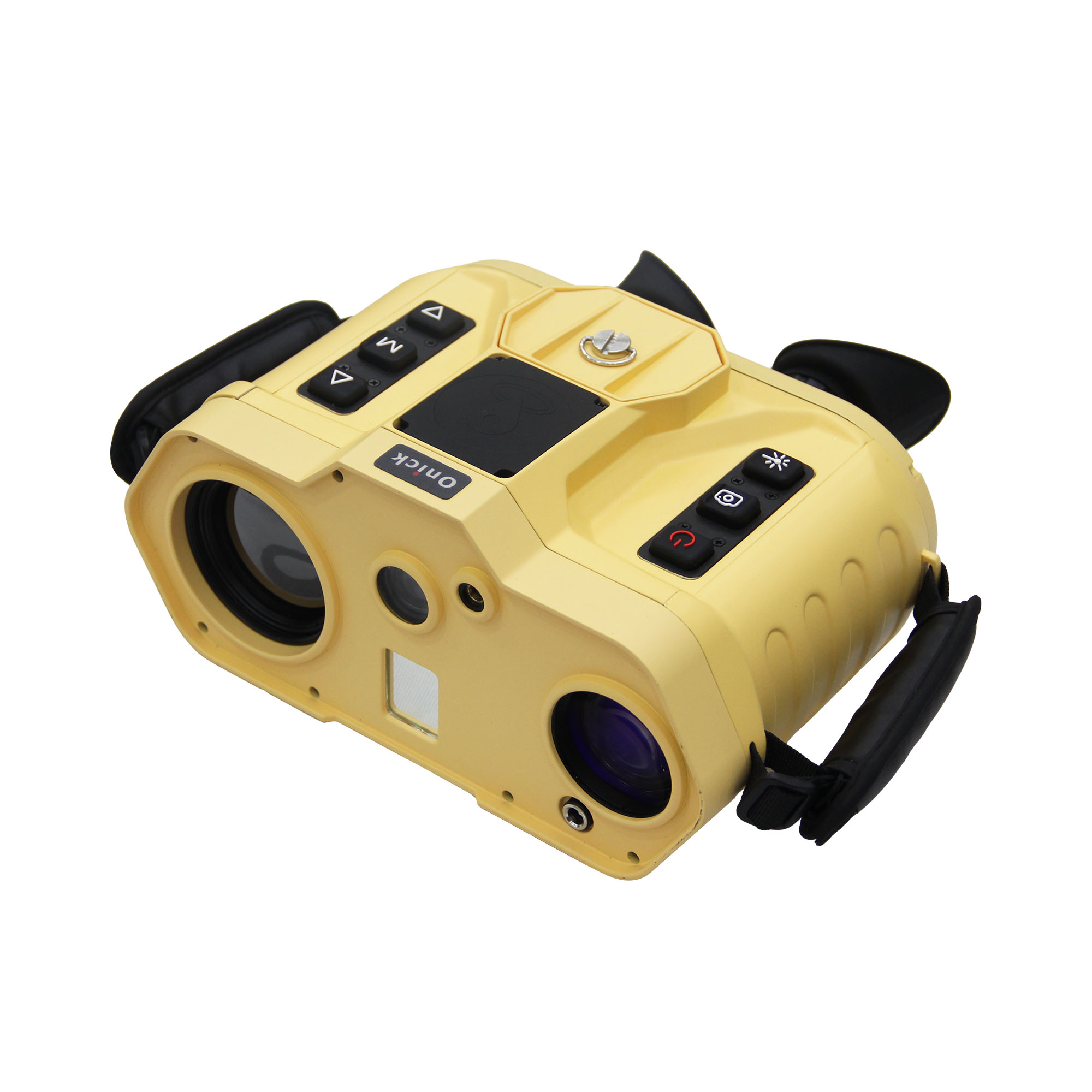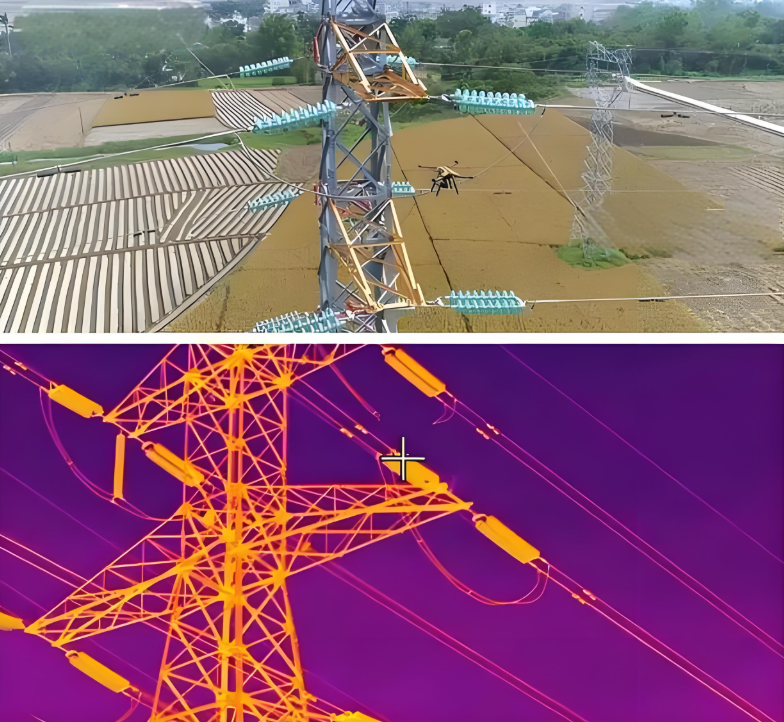In today's fast-paced manufacturing industry, delivering flawless products while reducing waste and operational bottlenecks is crucial. Infrared thermal imaging technology has become a transformative solution to achieve this goal, providing non-invasive, instantaneous thermal monitoring to enhance quality control, prevent production challenges, and streamline manufacturing workflows.
The Onick RE650 five-light multi-function handheld scope is a lightweight, compact intelligent observation device that integrates infrared, low-light, visible light, laser rangefinders, and a red dot indicator. It features a built-in positioning module, electronic compass, laser rangefinder, red dot indicator, image storage, and image fusion capabilities. It can be used for day and night observation and target acquisition, and is comfortable to use and easy to carry. It can be used for reconnaissance, surveillance, outdoor hunting, and security protection.

Product Features:
1. Five optical channels, supporting multiple operating modes including infrared, red dot, low-light, visible light, and laser ranging;
2. Intelligent and multifunctional, supporting thermal image fusion, target tracking, and burn protection;
3. Beidou/GPS dual-mode positioning and high-precision attitude sensor;
4. Laser ranging for precise target position measurement;
5. Video recording, photo taking, and playback functions, with WiFi video transmission;
6. High-definition dual-view display, with optional external display;
7. Long battery life, lightweight, and simple operation;

Improving Product Reliability
Quality assurance requires meticulous inspection to ensure compliance with industry benchmarks. Infrared thermal imaging technology excels in this area, capturing temperature differences that indicate material or assembly defects. For example, in automotive manufacturing, thermal imaging cameras can detect uneven heat distribution in engine components, revealing defects in welds or insulation. Addressing these anomalies during the production process can avoid costly recalls and enhance brand trust through superior product performance. Predictive Maintenance Ensures Operational Continuity
Unplanned equipment downtime reduces productivity and increases costs. Infrared thermal imaging technology enables predictive maintenance by tracking a machine's thermal signature. Elevated temperatures in hydraulic systems, conveyor belts, or circuit boards often signal impending failure. Regular thermal inspections help maintenance teams prioritize repairs, proactively replace worn parts, and maintain a seamless production cycle. This approach not only reduces downtime but also maximizes the lifespan of equipment.
Optimizing Energy Consumption
Energy waste remains a key challenge in industrial environments. Thermal imaging technology can identify inefficiencies, such as poorly insulated boilers, steam leaks, or overheating HVAC systems. By visualizing hotspots of energy loss, manufacturers can implement targeted upgrades, such as sealing gaps or upgrading insulation, to reduce energy consumption. These measures align with sustainability goals while reducing utility bills, delivering both economic and environmental benefits.

Precision in Heat-Related Processes
Industries that rely on heat-intensive processes, such as glass production, metal forging, and 3D printing, require precise temperature management. Infrared thermography provides real-time thermal maps, enabling operators to fine-tune heating zones and cooling rates. Continuous thermal regulation ensures consistent product characteristics, minimizes material waste, and accelerates production schedules. The result is increased production of first-time, good parts and reduced scrap.
Safeguarding the Workplace Environment
Hot-temperature mechanical and electrical systems present inherent risks. Thermal imaging enhances safety procedures by flagging hazardous conditions, such as overheated electrical panels or hot spots caused by friction in rotating equipment. Early detection of these risks allows for rapid mitigation, protecting personnel and preventing fire-related incidents. This proactive safety culture fosters employee confidence and improves compliance with occupational health standards.
Conclusion
Infrared thermography redefines quality control in the manufacturing industry by integrating precision, efficiency, and safety. It transforms thermal data into actionable insights, enabling manufacturers to prevent defects, save energy, and adhere to strict production standards. As industries across the globe adopt smarter, data-driven practices, infrared thermography will continue to play an integral role in achieving operational excellence and maintaining a competitive advantage.
Applications: Suitable for low-altitude economy, emergency rescue, counter-terrorism, reconnaissance, border defense, drug control, night vision, border patrol, border inspection station monitoring, water search and rescue, prison monitoring, night vision patrol, and epidemic prevention.


